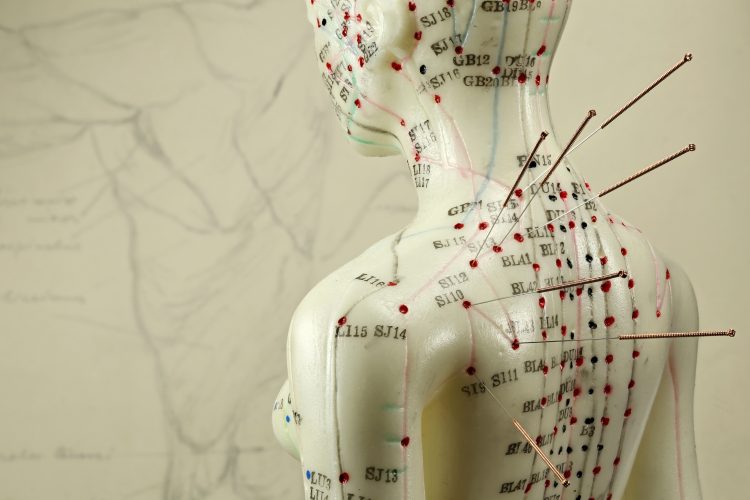
How acupuncture may help with posture, pain and movement?
Muscles should be limber or flaccid when not active and should only tense up when activated. If this doesn’t happen then you can consider it as some form of muscular dysfunction.
When different areas start to tighten up it can cause dysfunctional movement of the areas surrounding the affected tight/restricted areas. For example, a tight lower back can cause dysfunctional movement not only in the lower back but can affect downwards into the way the hips work which then in turn can affect the way we walk. Or upwards affecting the shoulders and our necks possibly leading into a headache.
I like to think of muscle groups like elastic bands attached to either end and when a knot forms, the overall length of the muscle is shortened. This would also put overall strain on that muscle and it’s ability to function. If we try to stretch the muscle to its normal full length, an elastic band without a knot will have no troubles, but with a knot it might break due to the shortened length. If this suddenly happens, there may be injury which will lead to inflammation and swelling, and hence the sensation of pain. This is normal because this is how your body tells you to take it easy for recovery. In our busy lifestyles, this is more of an inconvenience affecting our daily lives.
Acupuncture may help by reducing the inflammation and swelling which will result in less pain. How I approach this is needling locally and using the idea of micro trauma to stimulate the healing response and hence trying to speed up the healing process.
If we think of the knot as the “core” of the problem causing extra strain on the muscle group, acupuncture may help break down the knot which will reduce the overall strain which may result in better muscular function. This means better movement, most noticeable in the gym or when playing sports, and less likelihood of injury, discomfort or pain. The reduced overall tension may also put less pressure on poor posture and assist stretching/exercise to help improve posture.
A good example of knots/muscle tension affecting progress in the gym, is the sensation of hitting a plateau with progress. This isn’t because the muscles aren’t getting weaker but the presence of knots or tension reducing muscular function/contraction and bringing on a sensation of weakness. This can happen to anyone, in the case of a computer user, they could develop a sensation of weakness in the wrist or hands if their forearms tighten up.

